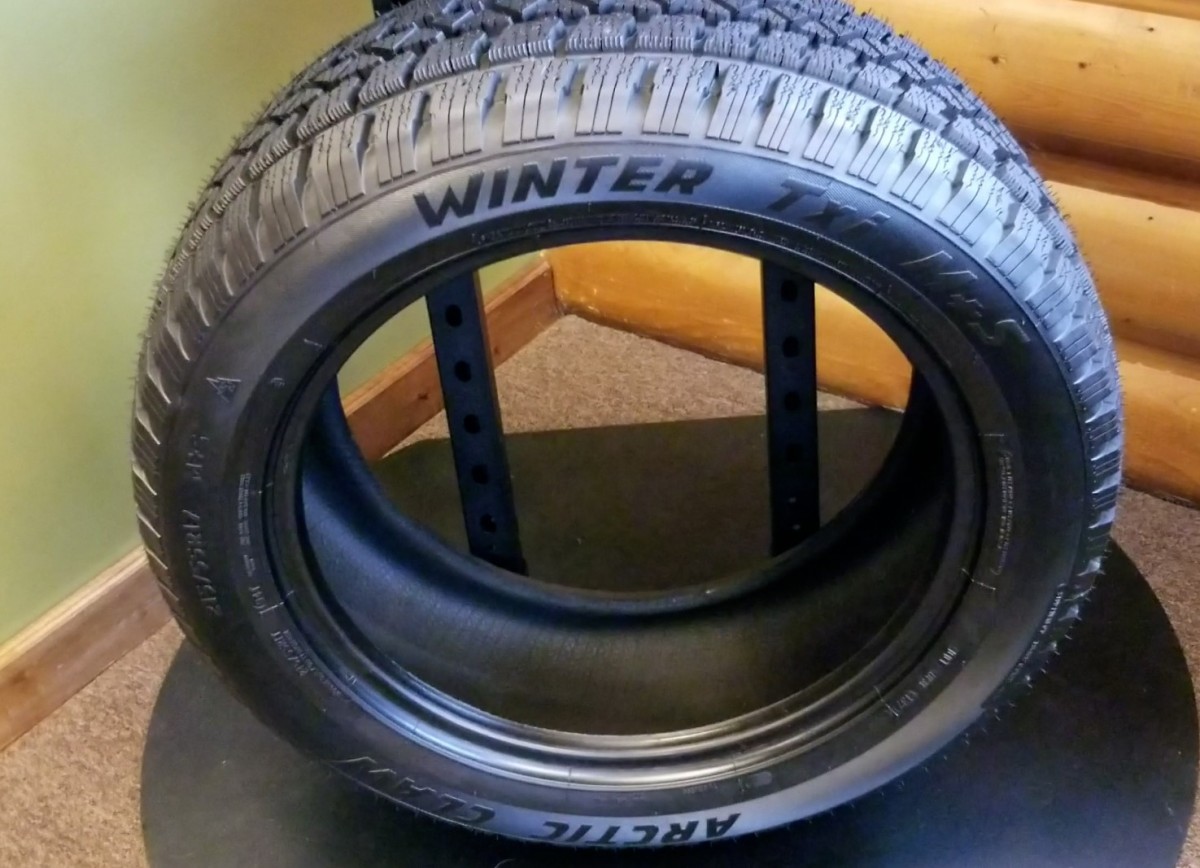Some of us still believe that we can drive through these north country winters using our all-season tires. But is that really a good idea? An all-season tire may give you the confidence that you can drive anyplace, anywhere, in any condition, but unlike a winter tire they are not designed to handle the area’s harsh winters, including snow, ice and slush.
“An all-season tire versus a winter tire, the biggest difference is the compound of the rubber. The rubber is softer on a winter tire,” says Ron Bowler, Owner of Evergreen Auto Center, in Saranac Lake, New York. “Around here, you have varying conditions now… freezing rain, icy conditions, sloppy conditions and a winter tire has the ability to spread that stuff out, push it away and grip the road.”
According to Tirerack.com, a winter tire improves acceleration on ice and snow by as much as 33-percent, when compared to an all-season tire. And they can stop as much as 30 ft. shorter. Those are huge differences, enough to potentially avoid a serious accident or a fender bender.
“Your contact point to the road is your tire, it’s your only contact point,” adds Bowler. “If you have softer rubber, it’s going to grip better on take-off, it’s going to grip better on stopping, slowing down and turning.”
Sure, purchasing winter tires for your vehicle is an added expense (around $600 depending on wheel size) and you may lose a little in fuel economy. But the value, performance and safety are well worth it.
Think about this way. In the unfortunate event that you are in an auto accident, your collision deductible could be in the range of $500 to $600, so the tires could pay for themselves. Additionally, winter tires last about five years or 35,000 miles and that’s wear and tear you won’t be putting on your all-season tires.
So, when should you consider changing out your all-season tire for the winter tire? Ron believes that when the temperatures dip to below the 40’s… it’s time. “In the Adirondacks, you need to be a little bit more careful. Once we see the temperatures drop below the 40’s, consistently, then it’s time.”
He also says, just like an all-season tire, drivers need to check the tire’s air pressure throughout the winter. Fluctuating temperature can cause the tire to lose PSI which will affect the vehicle’s handling and tire's overall lifespan.
“Routinely, you should check your PSI. That’s a common thing you should be doing,” he adds. “People don’t normally do that; they rely on the dash to tell them the tire’s low. Cold weather does suck the air out of a tire. If it’s been super cold, your light may come on and you may be a pound or two low, but you do want to check your tire pressure.”
Finally, when winter is through, it is important to store them properly. If you handle them correctly, they’ll give you years of service and dependable driving. Ron says that it’s best to keep them inside, in a dry place where it’s not too hot, maybe off in a corner, so that they’re ready for next winter’s driving season.








